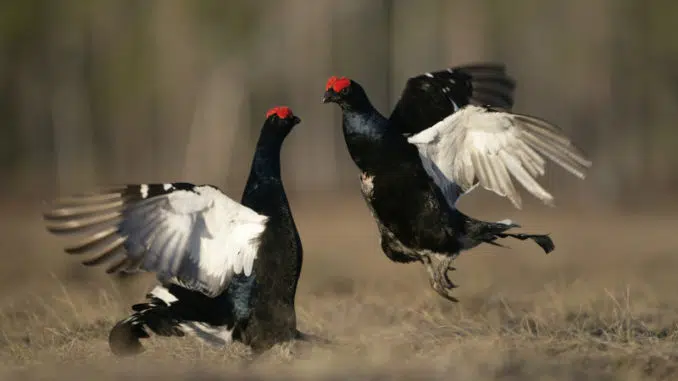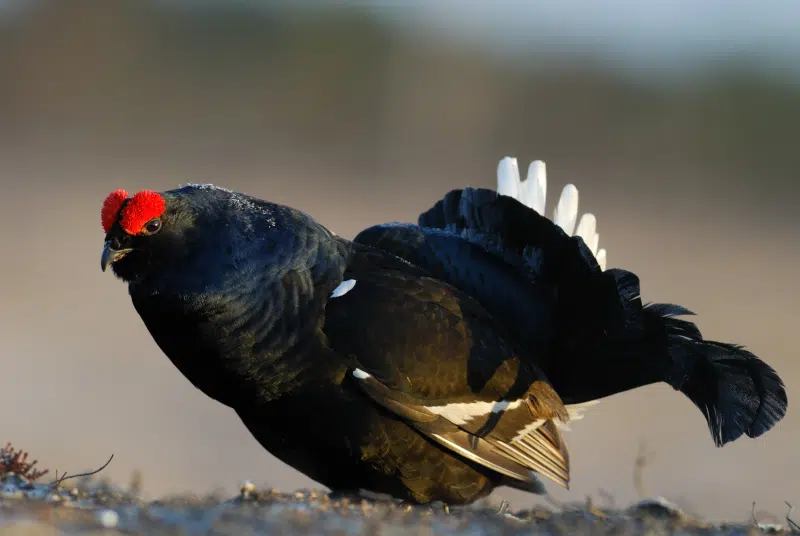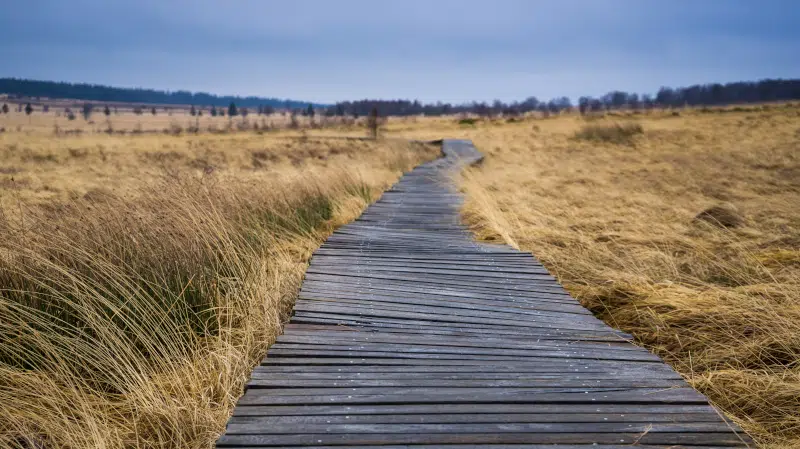
The black grouse, the symbolic bird of the Hautes-Fagnes plateau
The Hautes-Fagnes plateau is the last Belgian bastion where rare black grouse still live. These little Bruyère roosters are unfortunately endangered. Different organizations are working to preserve their habitat to save this species of bird from extinction.

The black grouse, what a strange bird!
The male black grouse is a beautiful bird characterized by a black coat, two red bumps on the head and a white bar in the middle of these feathers. The female is less variegated and presents a reddish color streaked with black.
This bird lives in cold areas such as high mountains (Alps and Pyrenees) or in moors and peat bogs, such as on the Hautes-Fagnes plateau. But you see, this bird has its requirements. To live, he needs to live in a habitat combining forests to hide and clearings to show off. For his food, there too he shows refineries. Buds, bark, leaves, herbs, stems, flowers, berries and fruits. This is what he likes.
The black grouse, a protected species in the Hautes-Fagnes National Nature Reserve.
Arrived in Belgium more than 10,000 years ago, this bird has seen its territory restrict in the last two centuries. Of a population of 200 males 50 years ago, only a small nucleus of a few remains.
Today, there are reintroduction projects to increase the populations of this emblematic bird of our Ardennes.
The University of Liège, in partnership with Dutch and German colleagues, is participating in a plan to reintroduce black grouse in Belgium. To reach their goal, they captured abundant black grouse in Sweden to bring home several males and females.

A bird followed from a distance.
To follow the evolution of imported birds, they are banded and, some, equipped with a transmitter to follow their movements. With this device, researchers can see if the males move around in the arenas where they breed with the females and observe if the female lays and incubates her eggs.
A matter to follow.


